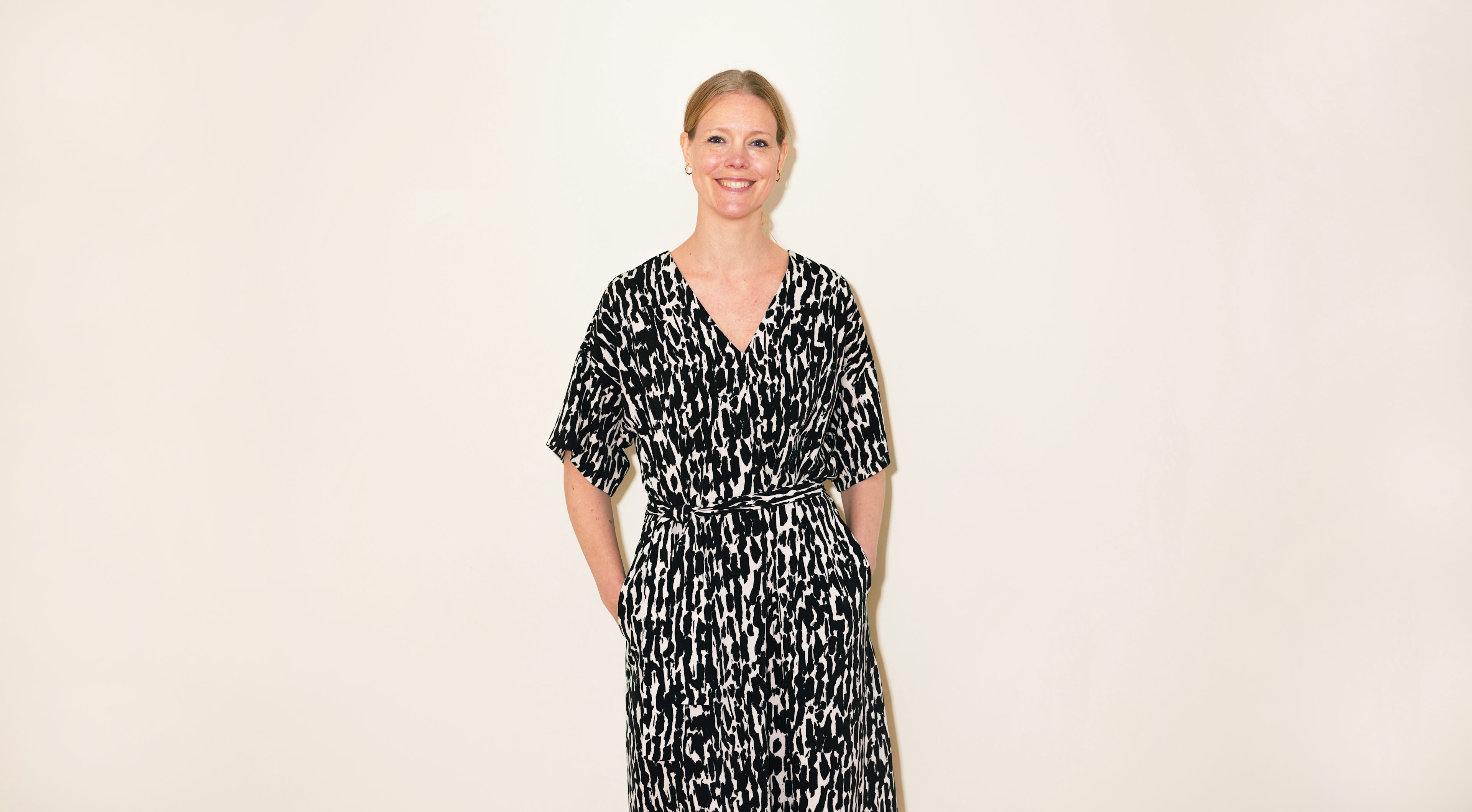A whitepaper on effective innovation strategies for retail banks.
What’s next for Banking
Innovation as growth catalyst
Banks current approach to innovation portfolios is rigged for disappointment
Today, banks drive innovation typically starting in three themes and approaches, but the prospect of these approaches limits banks from start.
Download our whitepaper
Enabling digital and mobile banking
Digital presence is a must for doing business today, but customers may not always consider it an improvement when retail banks transition toward self-serve digital channels.

Keeping up with fintech innovators
Staying one step behind the competition may suffice for customer satisfaction and retention, but it’s not enough to generate growth via acquisition or loyalty gains.

Opportunistically building a platform
Brands and apps known for providing exciting and novel services may have users looking for the next release and extensions. But most mobile banking users can’t wait to exit their bank app.
—Having a clear problem-to-solve is an important starting point for any innovation. But it’s not enough to qualify a good opportunity.
Asking tough but critical questions
The first qualifier for any innovation project must be market demand.
A roadmap of innovation projects and initiatives that begins with clear and satisfactory answers to these questions is more likely to end in successful launches.

Is there a sizeable market segment with distinct needs that we could cater to?

Are there problems or tensions to be solved, and how prominent are they?

Can we help solve these issues in a better way than any existing, available alternative?
Navigating market demand
Lynxeye Banking Innovation Database™
Having tested 50+ innovations and counting, our database provides clear understanding of what different customers demand.
Our research is running continuously among private bank customers in the United States, through a quantitative market survey targeting a representative sample of respondents. It can also be adapted to other markets on demand.

